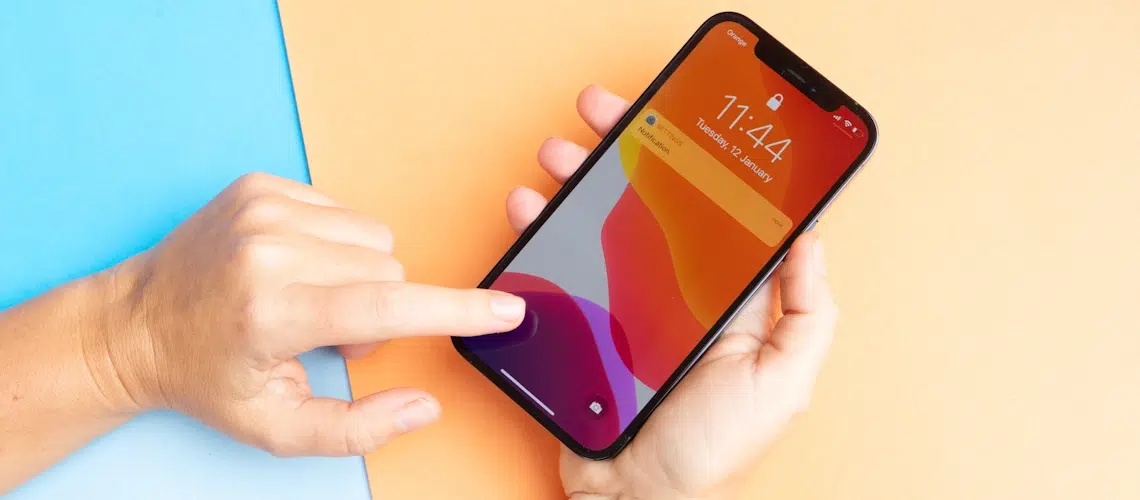iPhenomenal: 17 Fun Facts About iOS
Apple’s iOS has revolutionized the way we interact with mobile devices since its debut in 2007. Whether you’re a devoted Apple enthusiast or just curious about the operating system powering over a billion devices worldwide, here are fascinating facts about iOS that might surprise you. ↓

1. iOS Wasn’t Always Called iOS
When the first iPhone launched in 2007, its operating system was simply called “iPhone OS“. It wasn’t until 2010, with the release of version 4, that Apple officially renamed it to “iOS”.
2. The First Version Had No App Store

Hard to believe, but the original iPhone OS didn’t include the App Store. Steve Jobs initially envisioned web apps as the way forward, and the App Store wasn’t introduced until iPhone OS 2.0 in July 2008.
3. Siri Was Originally a Third-Party App
Before becoming an integral part of iOS, Siri was a standalone app developed by a company called Siri Inc. Apple acquired the company in 2010 and integrated the virtual assistant into iOS 5 in 2011.
4. The iOS SDK Is Based on Mac OS X
iOS and Mac OS X (now macOS) share the same foundation. The iOS Software Development Kit (SDK) is built on the same core technologies as macOS, which has helped maintain consistency across Apple’s ecosystem.
5. Easter Eggs in the Calendar Icon
The Calendar app icon always displays the current date – a small but thoughtful detail that’s been part of iOS since the beginning. It was one of the first “live icons” in mobile operating systems.
6. The Original iOS Had Just 16 Apps
The first version of iPhone OS shipped with only 16 pre-installed apps: Phone, Mail, Safari, iPod, Messages, Calendar, Photos, Camera, YouTube, Stocks, Maps, Weather, Clock, Calculator, Notes, and Settings.
7. The iOS Source Code Once Leaked Online

In 2018, portions of iOS source code were leaked on GitHub. The code was for iOS 9, which was already outdated at the time, but it still represented one of the biggest leaks in Apple’s history.
8. iOS Uses Darwin as Its Foundation
At its core, iOS runs on Darwin, an open-source Unix-like operating system developed by Apple. This same foundation powers macOS, making it easier for developers to create apps across Apple platforms.
9. Multitasking Wasn’t Added Until iOS 4
True multitasking capabilities weren’t introduced until iOS 4 in 2010. Before that, apps would essentially freeze when you switched to another application.
10. The Famous “Slide to Unlock” Feature Is Patented

Apple patented the iconic “slide to unlock” feature that was a hallmark of iOS for years. This led to numerous patent battles with competitors, particularly Samsung.
11. iOS Has a Secret Weather App
The Weather app displays the current temperature on its icon, but only if you’re using a device with location services enabled and have given the Weather app permission to access your location.
12. The iOS Keyboard Click Sound Is a Cash Register
That distinctive click you hear when typing on an iOS keyboard? It’s actually a modified recording of a vintage cash register. Apple pays incredible attention to these small auditory details.
13. iOS Updates Have a 90% Adoption Rate
iOS consistently achieves remarkable adoption rates for new versions, often exceeding 90% within a year of release. This is far higher than competing mobile operating systems and makes life easier for developers.
14. The Name “iOS” Was Bought from Cisco
Cisco already owned the “iOS” trademark for their networking software when Apple wanted to use it. Apple had to negotiate with Cisco to license the name for their mobile operating system.
15. iOS Contains Secret Debugging Menus
Developers and testers can access hidden debugging menus in iOS by using special gestures or commands. These menus reveal detailed performance statistics and testing tools not available to regular users.
16. The Health App Can’t Be Deleted
Since its introduction, the Health app has been one of the few built-in apps that users cannot delete from their devices, highlighting Apple’s commitment to health and wellness features.
17. iOS Has Over 200 Accessibility Features
Apple has invested heavily in making iOS accessible to everyone. The operating system now includes over 200 accessibility features, from VoiceOver screen reading to Switch Control for users with limited mobility.
Conclusion
From its humble beginnings as “iPhone OS” to becoming one of the most sophisticated mobile operating systems in the world, iOS has continually evolved while maintaining its core principles of simplicity, security, and seamless integration with hardware.





